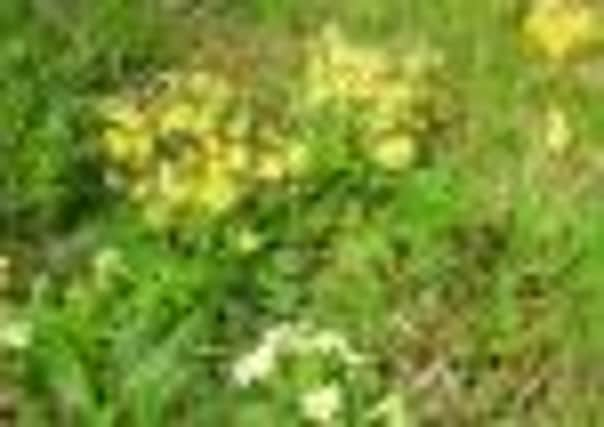Oxslips arefound in the woods


Or should I call them hinnies. The proud parents are top right and bottom left.
I refer of course to the group of false oxlips, the children of the cowslip and the primrose.
Advertisement
Hide AdAdvertisement
Hide AdThis year, these bunchy, flamboyant flowers, more like polyanthus than their own wild parents, have become quite common in the coppice woods and even on the downs.
They’re lovely and showy, with arching sprays of flowers bunched in clusters, radiating out in one grand display, much better than anything their parents can produce.
But unlike their parents, they don’t have the staying power. Two or three years at the most, and they struggle, sending up a quarter of what they have in the past. However, they may go on for years even so.
You will see from my photograph developed on the black box made in China that the two oxlip children are slightly different.
Advertisement
Hide AdAdvertisement
Hide AdThe one on the left has a slightly larger central custard filling than the other. It seems you never really know what sort of offspring will be produced from the genetic stocks.
Here and there I have found blood-red oxlips.
Now, despite all the dawn activity going on around me, with long-tailed tits carrying feathers to add to the 2,000 they will eventually collect for their nest, the marsh tits making explosive ‘tic-tic-tic’ calls, blackbirds drowning out the mistle thrush, I was still able to think about Shakespeare.
Well, the coppice wood when properly managed, giving so many flowers, butterflies and birds, is the original Midsummer Night’s Dream. Why don’t more coppice owners manage them properly and make more of these paradises ?
“I know a bank where the wild thyme blows, Where oxlips and nodding violet grows,” wrote the Bard. Some think that he was referring to the true oxlip- P.vulgaris x veris, simply because P. elatior had not been officially discovered then.
Advertisement
Hide AdAdvertisement
Hide AdThe true oxlip has been much deleted in the last fifty years by agricultural improvements and poorly managed coppice.
There are those, too, who even claim the true oxlip to be descended itself from a primrose impregnated by a cowslip, the father being the cowslip, the primrose the mother, way back in time.
The condundrum, together with the 40 species of birds all shouting their songs like treetop Pavarottis, make the dewy dawn a somewhat interesting place to be just now.